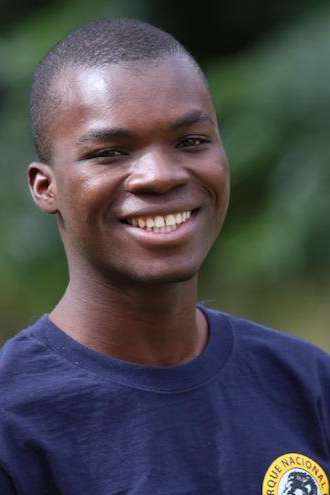

The Half-Earth Project is proud to announce Ricardo Guta as the inaugural Half-Earth Scholar.
The Half-Earth Chairs and Scholars Program supports biodiversity research globally and engages the world’s brightest minds in the Half-Earth Project mission.
Scholars are selected for their potential to become the next generation of biodiversity research leaders and to serve as exemplars for careers in conservation research and action.
Ricardo was born and raised in the city of Beira, Sofala Province, Mozambique. I achieved a degree in agro-livestock from the Agricultural Institute of Chimoio. As a child, his dream was to do scientific research.
In 2012, Ricardo founded the PROTESCA project (Animal Protection and Health Project), providing technical assistance to animals through health, food and reproduction management, including research on phytotherapeutic plants for the treatment and nutrition of animals. The main goals for this project are to support local communities whose animals die for lack of money to buy chemical medication, as well as to combat pollution of the environment. This group created a dewormer in 2013 using the Azadirachta indica plant to control nematodes in goats. Comparisons between this approach and chemical dewormers were positive.
Ricardo joined the Gorongosa National Park as an intern on a biodiversity survey project that involved national and international scientists. This was a learning opportunity was specifically designed for young students interested in developing their research capabilities. He has been a member of the scientific team ever since.
Ricardo is currently working in the E.O. Wilson Biodiversity Laboratory as a Research Technician focused on the biodiversity of insects. His role is to assist in scientific research and monitoring, with particular emphasis on sampling species, assembly of biological samples using appropriate methods, entering scientific data in the database and providing assistance to visiting researchers and staff of the Park.
Ricardo continues to develop his skills in biodiversity research and is contributing positively to the restoration and conservation of Gorongosa National Park.

